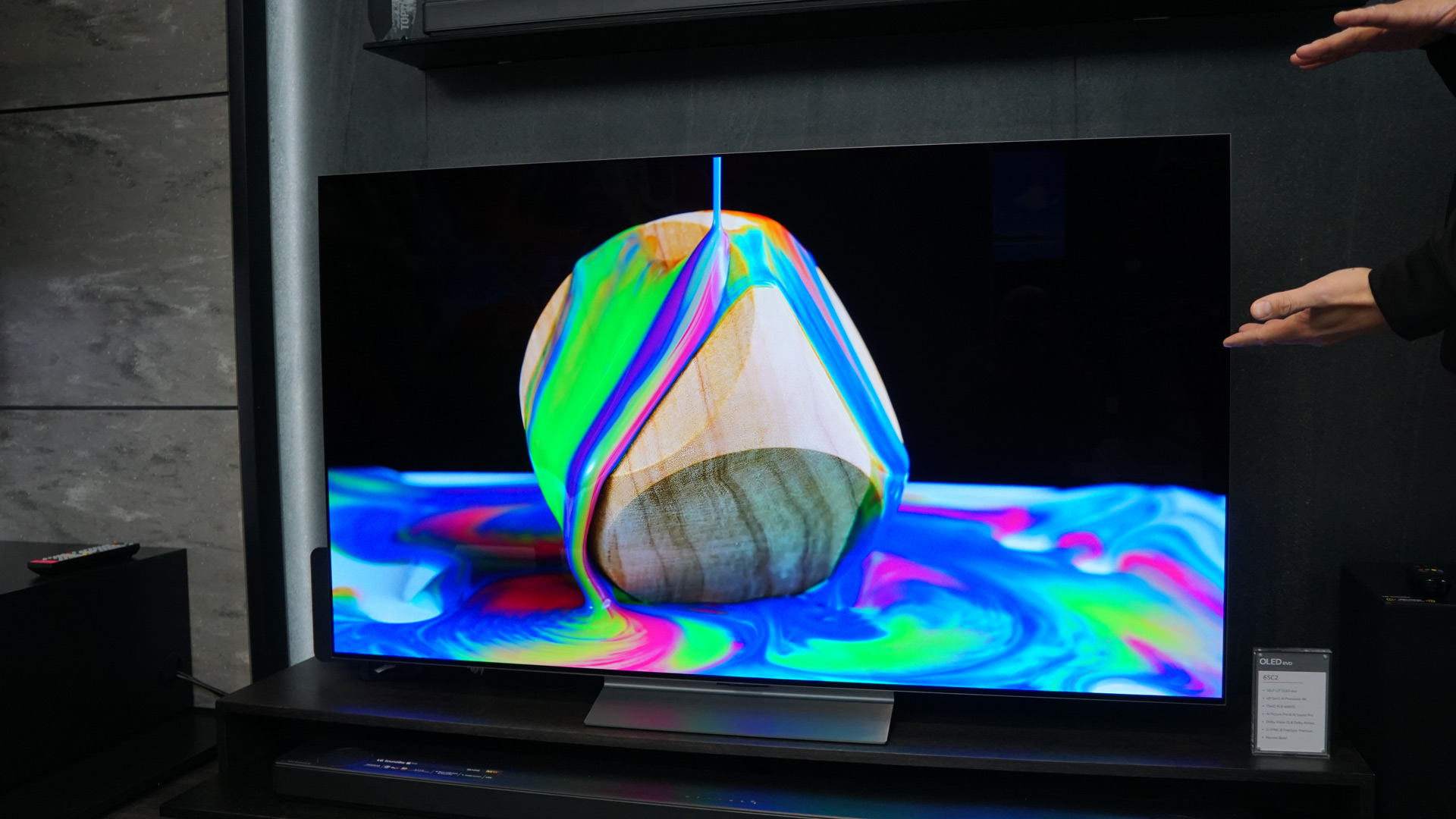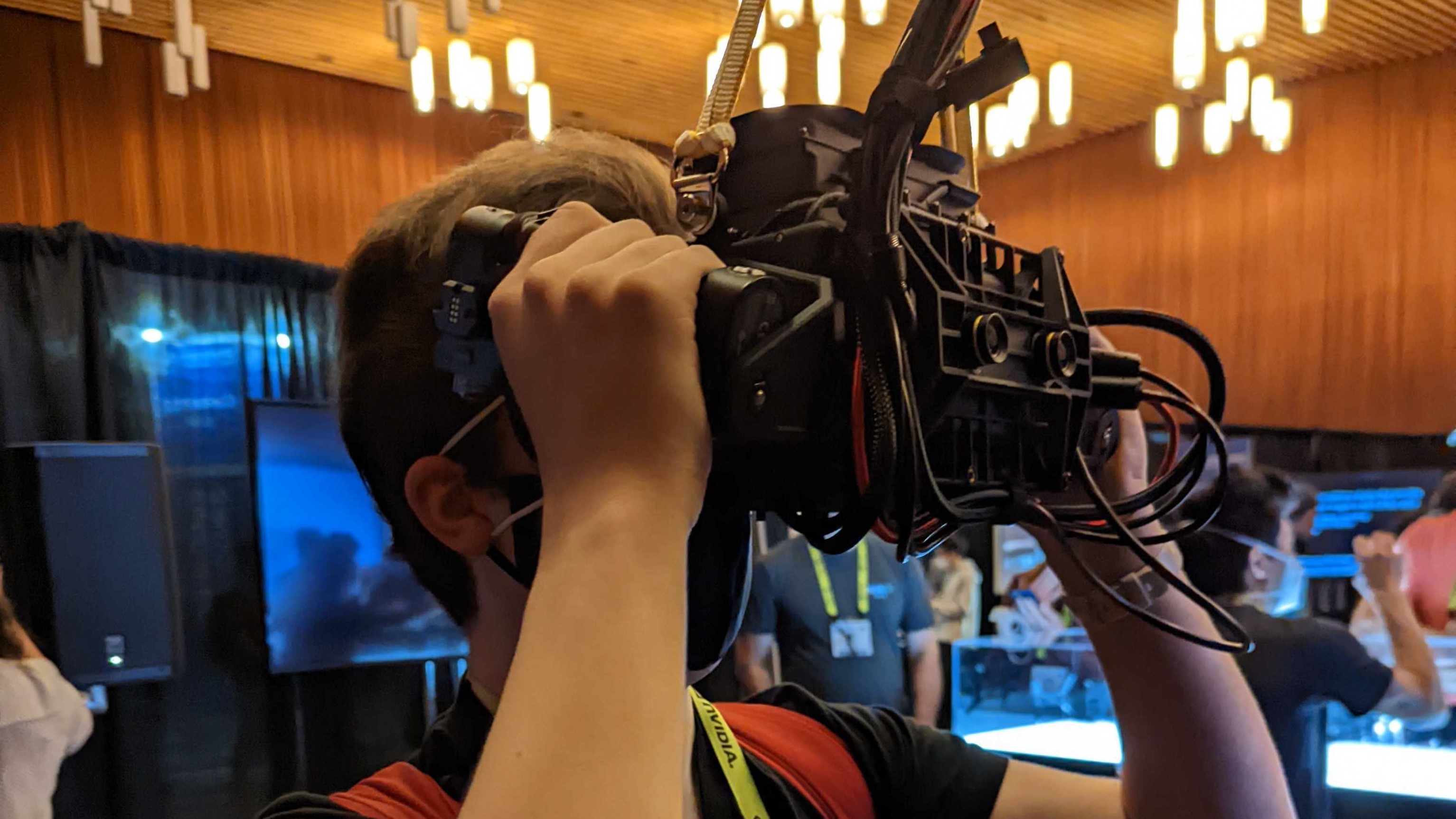A Samsung Display executive doesn’t believe that OLED displays are good enough for augmented-reality glasses, which could be bad news for Apple if rumors that it’s working on AR glasses are accurate.
At a recent industry event, Samsung Display group leader Kim Min-woo explained that the best VR headsets (like the Oculus Quest 2), and AR glasses like the long-rumored Apple Glasses require different displays to suit their particular applications (via The Elec).
Because AR devices enable the wearer to interact with the real world around them, their displays need to be brighter. OLED pixels aren’t backlit so they are darker than LED pixels, because of this, users wearing the glasses won’t be able to see their glasses’ heads-up display (HUD) in bright conditions.
Beyond being brighter, because OLED screens would need extra protective layers to ensure water and other particles don’t ruin their organic parts they’d have to be thicker and heavier than LED panels made from inorganic components.

Min-woo’s claims might come as news to Apple, however. While Apple hasn’t confirmed that it’s working on AR glasses, leaks indicate that not only are the Apple Glasses – or whatever they end up being called – in development, but that long-time iPhone chip partner TSMC is making wafer-thin OLED displays for the device.
The reasoning behind Apple’s supposed decision to go with OLED screens is that they’re more energy efficient than other displays. This would mean that its AR glasses could be equipped with a lighter (and smaller) battery without sacrificing too much in terms of battery life.
All leaks and rumors have to be taken with a pinch of salt, but if Apple is indeed planning to use OLED screens in its glasses, they may already have a few flaws in the eyes of Samsung Display’s executives.
Analysis: OLED vs QLED, which is best?
The main strength of an OLED display (and of the best OLED TVs) is its impressive contrast. These displays don’t have a backlight, and this allows the pixels to achieve a darker black than pixels in LED or QLED displays; because of this, your TV has access to a broader range of dark tones, which means it can render dark scenes in TV shows and films more clearly.
LED or QLED displays instead focus on colors. If you want your shows, films, and games to be brought to life by a bright image that can dazzle you with all the colors of the rainbow then one of the best QLED TVs is what you need.
While still in their early stages as a consumer option, QD-OLED panels – which combine the best of QLED and OLED – could be the solution that AR and VR devices need. These kinds of screens are most likely too thick and too expensive to produce at a small size at scale right now, but their capabilities would make them an excellent choice.

When we tried out Meta’s Starburst prototype VR headset, we saw how immersive displays with incredible contrast could be; and as devices like the Meta Quest Pro tease an industry-wide push towards mixed reality – a blend of AR and VR – all new headsets might need to be able to faithfully recreate the real world in all its glorious colors.
We'll have to wait and see which displays become the favored option for AR and VR headsets – we just hope that manufacturers like Apple haven't put all their eggs in the wrong basket.
Weighing up mixed reality against virtual reality? Check out our Meta Quest Pro vs Oculus Quest 2 comparison guide.
from TechRadar - All the latest technology news https://ift.tt/81dUkig





0 Comments